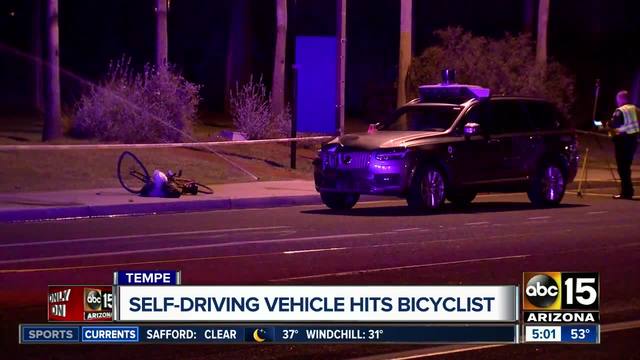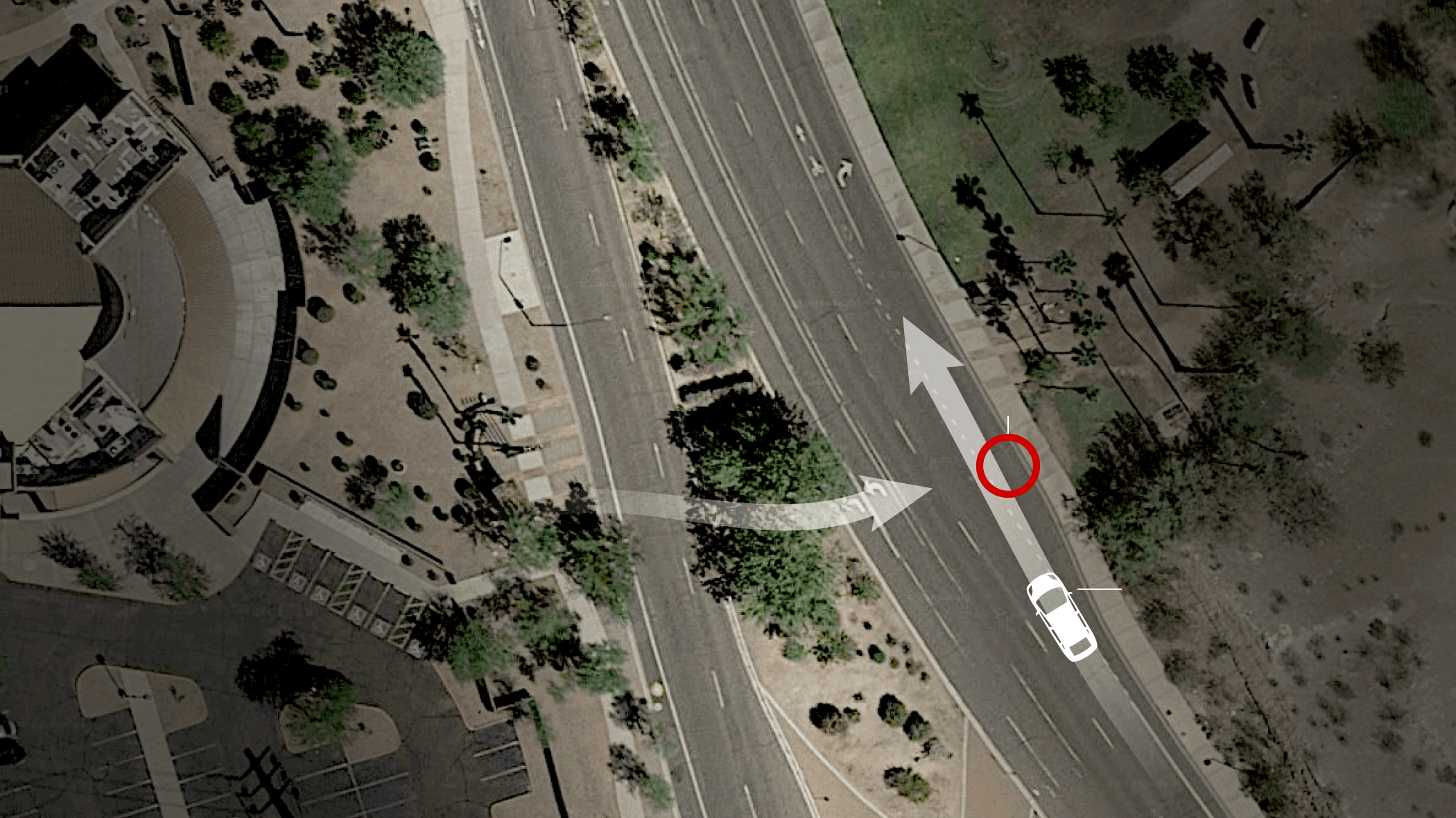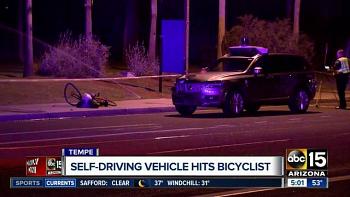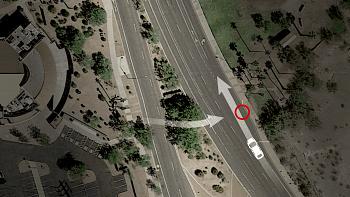Uber Self-Driving Car Crash Kills an Arizona Citizen: What Went Wrong?
Uber has grown used to routinely dodging controversies and scandals. However, the recent tragic event of an Uber self-driving SUV killing a pedestrian in Arizona can potentially decimate the company’s driverless car initiative.
Elaine Herzberg was crossing a 40-foot road in Tempe, Arizona when she was struck by the driverless car at 40mph. Reports suggest she was walking a bicycle with multiple bags strung on the handlebar. The impact was so severe that it damaged the front grill and bumper of the vehicle and fatally wounded Herzberg. This was the first incident of a self-driving car killing a pedestrian and it has the entire automotive industry wondering about the future of this much-touted technology.
What Went Wrong?
Uber driverless cars employ a barrage of sensors dedicated to detecting pedestrians and obstacles on the road. This includes a sophisticated LiDAR detector and a setup of multiple cameras that work both in daylight and at night. As a failsafe, all Uber driverless cars have actual human drivers who can take over the wheels if they detect a problem. Then why did the Uber’s sensor suite and the human driver sitting behind the wheel failed to react when Herzberg was crossing an open road? Herzberg along with her bicycle and multiple bags was quite a large and complex obstacle for the sensors to ignore. This was certainly not a small bump on the road that the sensors simply failed to pick up.
The first and the most obvious thing that could have gone wrong was the sensors were somehow compromised. The view of the cameras may have been obstructed by dirt or flying insects. Malfunction of the software responsible for collecting the data and regulating the brakes cannot also be ruled out as the cause of the incident. On to more complicated issues, different sensors might have detected conflicting data and the artificial intelligence driving the vehicle chose to believe the one that didn’t see Herzberg crossing the road. Herzberg and her bicycles could have also been misinterpreted by the AI as something it can ignore such as a shadow on the road or a road markings.
The Ripple Effect
As a response to this incident, Uber has taken all its self-driving cars off the road. Toyota, who were also testing driverless cars in America, has temporarily suspended all road testing.
Driverless cars have been promoted and developed to be a safer alternative to cars driven by humans. In fact, it is predicted that future vehicle owners of driverless cars would find better deals when searching for auto insurance comparison online as opposed to people driving regular dumb vehicles.
So the question still remains, do self-driving cars have a future? Even after this tragic incident answer still is yes. Dozens of companies including, Ford, Intel, Google, Toyota, nuTonomy, and others are heavily invested in this technology. They have hundreds of driverless test vehicles on the road and they have been testing them for years. This incident, while heartbreaking, is an isolated speck on what is otherwise a pretty clean record for self-driving cars in America.
Comments
There are 0 comments on this post















